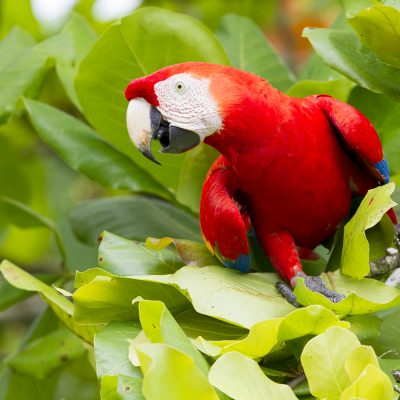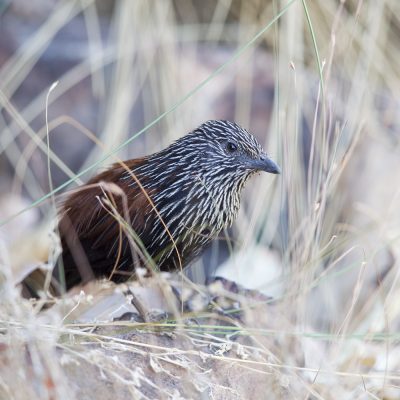Tandayapa Bird Lodge & Surrounds
29/09/14 – 08/09/14
When I meet Iain Campbell of Tropical Birding a few years ago he told me about his birding lodge in the Tandayapa Valley in Ecuador and that it was famous for its Hummingbirds, I told him if we ever found ourselves in Ecuador we would be sure to check it out. Lucky for us while on our travels through South American the opportunity came up to visit, we were both very keen not only for the opportunity to photograph all these amazing species Iain had talked about but also to see how accurate his stories of the 2000 plus Hummingbirds coming into the feeders were.
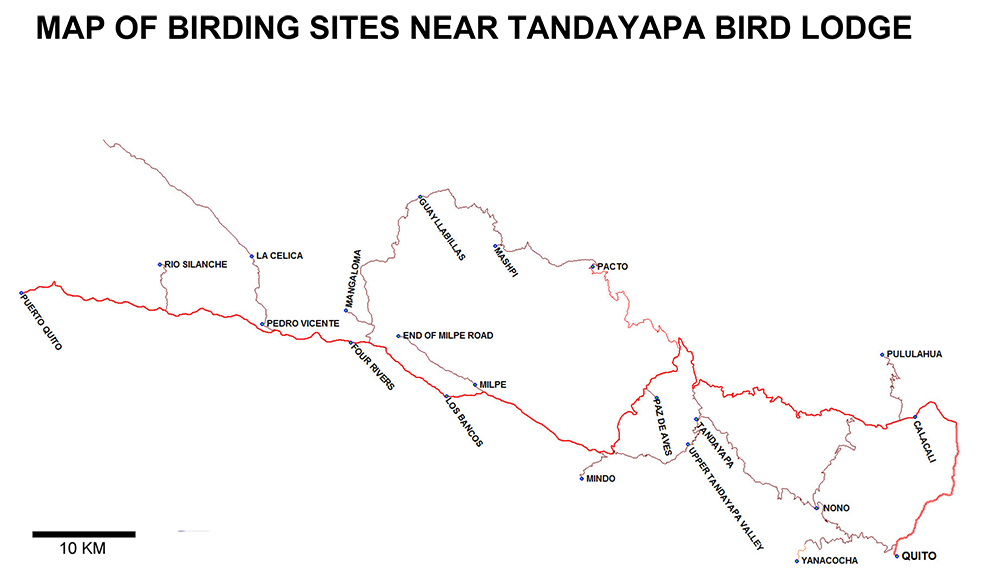
MAP OF THE TANDAYAPA REGION
Day 1 – Around 3pm our driver Nelson arrived to pick us up from the office in Quito, it was a 90 minute drive North West of Quito to the lodge and Lauren and I were both very excited to finally get there. It had been a couple of really longs days getting to Ecuador from Peru so to be able to stay in the one place for the next 10 days was going to be bliss.
We arrived to a steep set of stairs that led you to the main entrance of the lodge where we were greeted by Pablo the lodge’s guide/boss, Steve a volunteer from the US and our first bird of the trip, the stunning Crimson-rumped Toucanet sitting quietly at the fruit feeders. The lodge is nestled on the hillside surrounded by lush cloud forest, it’s a beautiful lodge with spacious rooms, nice bathrooms, piping hot hot water and a really tranquil atmosphere.
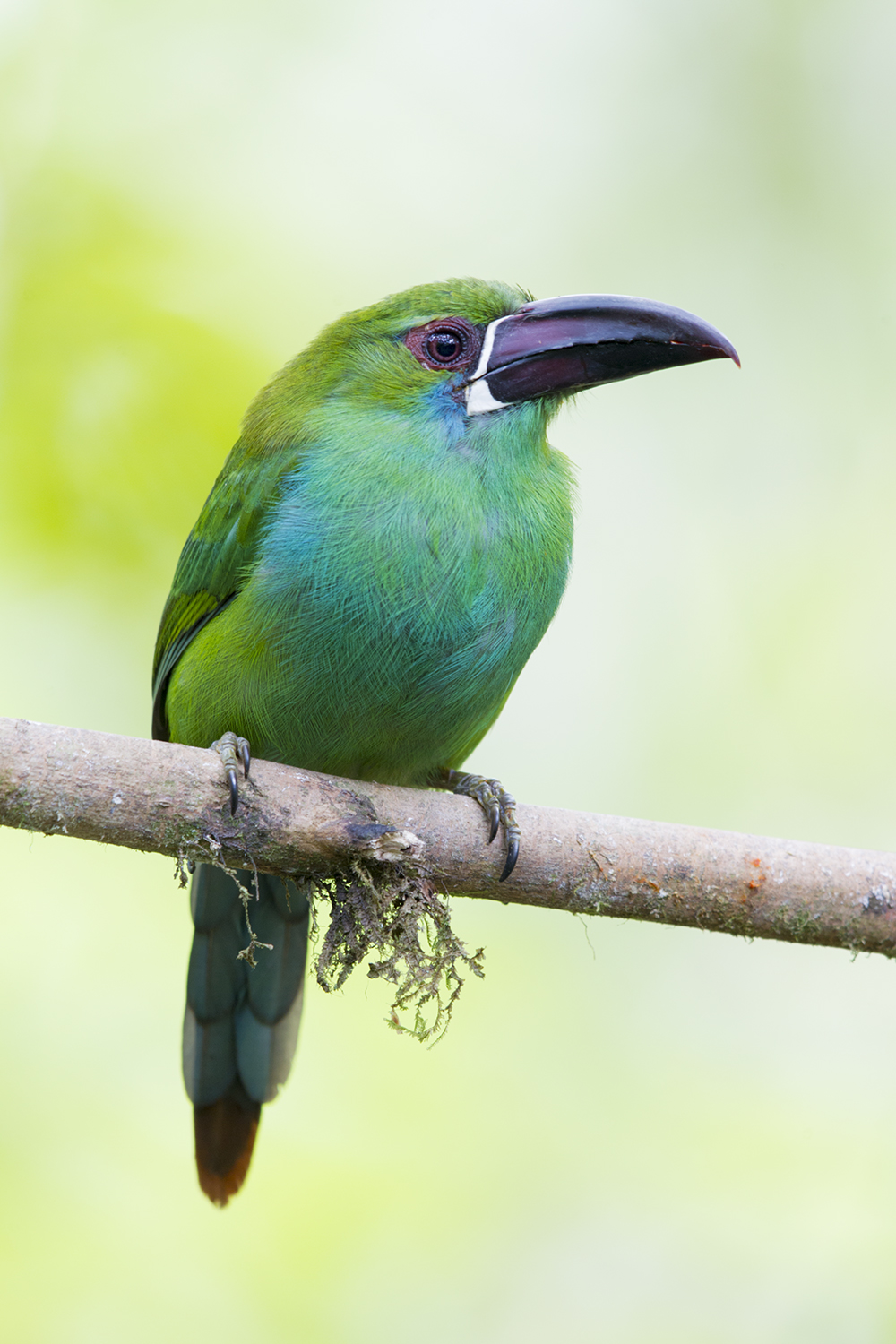
CRIMSON-RUMPED TOUCANET
The first afternoon we spent around the lodge watching the famous hummingbird feeders as well as the fruit feeders, the hummingbird feeders were overwhelming with so many species fighting for a drink. With my limited knowledge I counted 12 species but knowing what I know now there were probably more like 15. The fruit feeders had gangs of Blue-grey Tanager, Palm Tanager, Golden Tanagers, Red-rumped Toucanet, Red-headed Barbet, Buff-throated Saltater, Blue-winged Mountain-Tanager and Golden-naped Tanager.
Day 2 – Early the following morning we checked out the moth lamp, this is a white sheet that is set up with a black light behind it to attract the moths at night, which in turn attracts all the hungry birds the following morning. We saw Montane Treecreeper, Spectacled Whitestart, Dusky-capped Flycatcher and a couple of Brushfinch species. After a delicious breakfast Pablo set up the camera flash units for me at the main Hummingbird feeders on the balcony, I spent the rest of the day happily photographing all the hummingbirds in flight. I had never done this sort of photography before so it was a great opportunity as to try a new technique. I photographed Andean Emerald, Booted Racket-tail, Brown Inca, Violet-tailed Sylph, Empress Brilliant, Purple-throated Woodstar, Rufous-tailed Hummingbird, Brown Violet-ear, Green violet-ear, Sparkling Violet-ear, Fawn-breasted Brilliant and Buff-tailed Coronet.
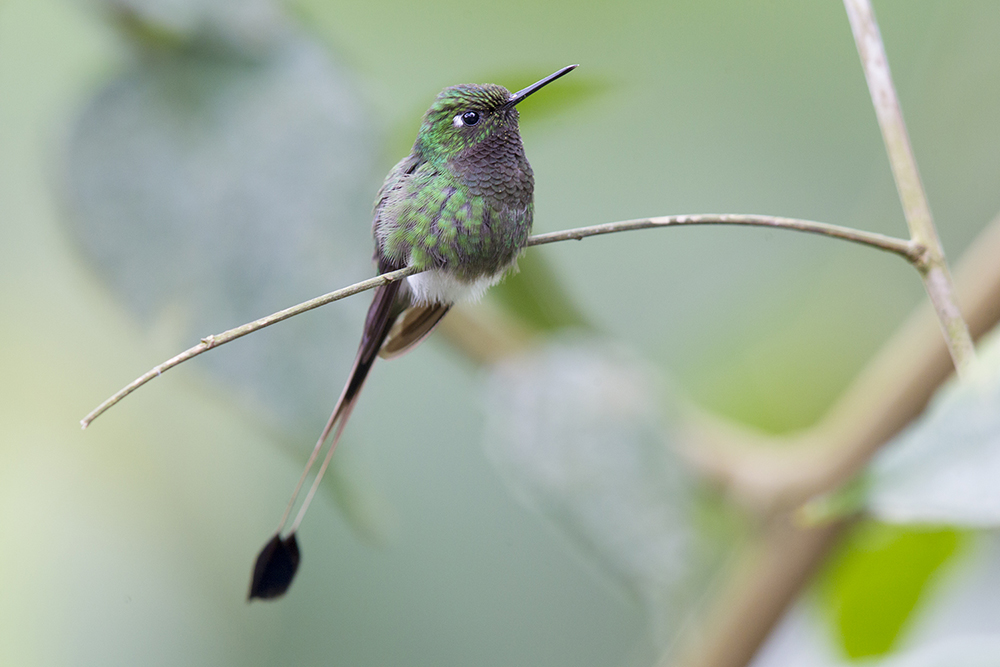
BOOTED RACKET-TAIL (MALE)
I spent the afternoon watching and photographing at the hummingbird feeders around the front of the lodge, these seem to attract a few more of the rarer species including Velvet-purple Coronet, Purple-bibbed White-tip, Western Emerald and my favourite the White-necked Jacobin. By the end of day two I had already photographed 16 species of Hummingbirds, crazy!
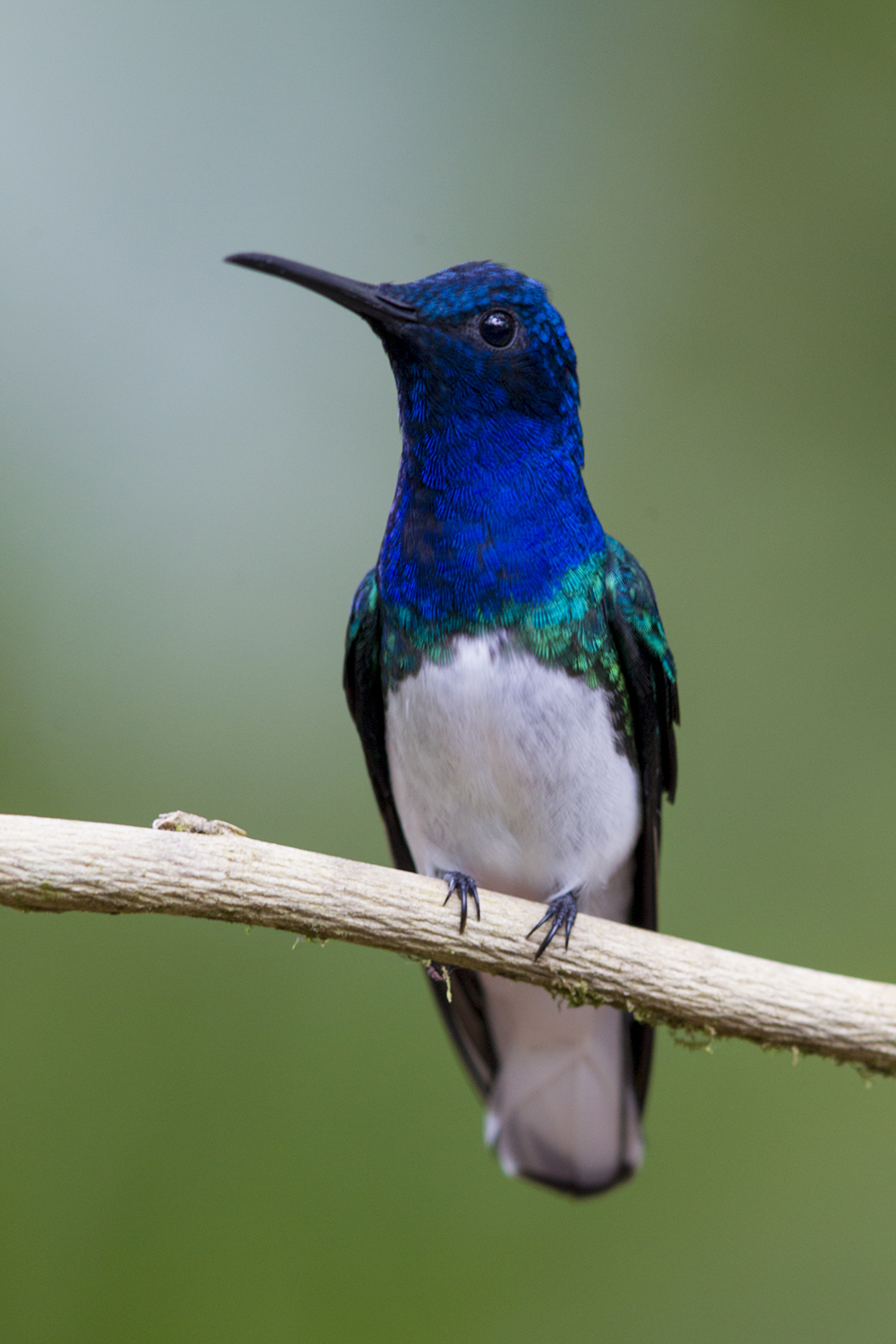
WHITE-NECKED JACOBIN
Day 3 – Lauren and I got up before sunrise and it was a short walk to visit the bird-hide, they had moth lamps set up here as well as a compost heap which sometimes attracts Antpitta’s and even a few mammals. We didn’t have any luck with the mammals but we did see Golden-crowned Flycatcher, White-throated Quail-dove, Immaculate Antbird and Russet-crowned Warbler.
On the way back to the lodge we headed down to the lower deck to see the nesting female Andean Cock-of-the-rock, she has managed to build her nest right on a narrow windowsill. This has forced Iain to close this whole area off until the youngsters have fledged, very kind of you Iain (I think he said its the 4th year she has done this to him).
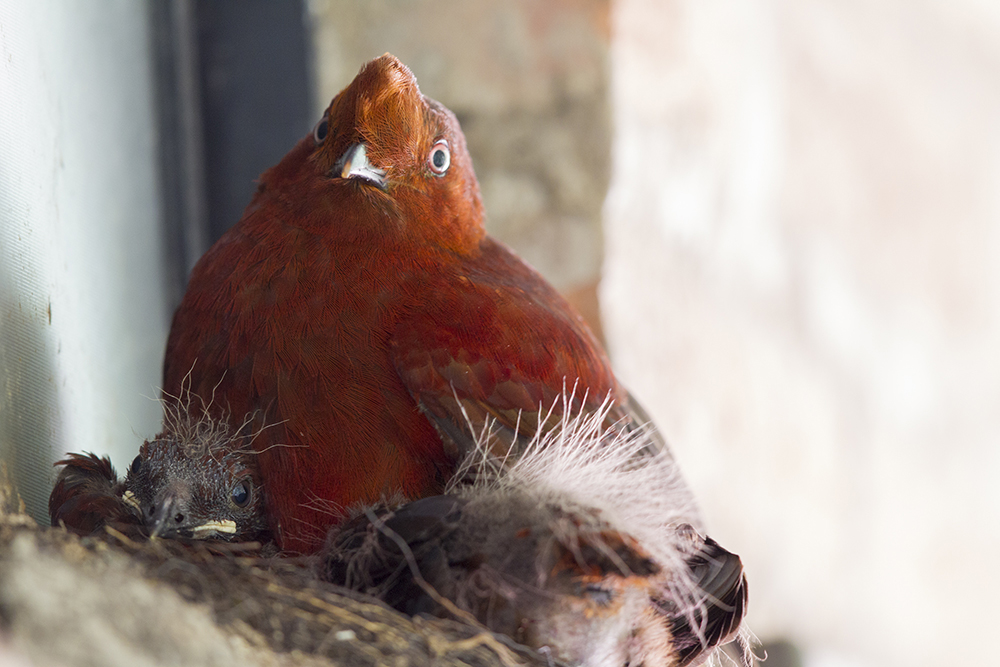
COCK-OF-THE-ROCK ON NEST
We didn’t do to much the rest of the day as it was going to be a very early start the following morning, we were heading to Milpe to try for Choco Toucan my number one target for the whole trip. I did add Green-crowned Brilliant and a very rare Mountain Velvet-breast, this is the first sighting at Tandayapa Bird lodge for this species, so rare in fact that Jose the guide at the lodge didn’t believe me when I reported it to him on the phone. These two took my Hummingbird list that afternoon to 18.

MOUNTAIN VELVET-BREAST (FIRST SIGHTING AT TANDAYAPA)
Day 4 – We arrived at Milpe around 6am after a 45 minute drive west from Tandayapa. Milpe is part of the Mindo Cloud Forest Foundation, a not for profit organisation that preserves some of Ecuador’s remaining western cloud forest & rainforest. It is set in the lowlands of the Choco region so the bird life here was very different to what we were used to in the cloud forest of Tandayapa.
We were shown around the grounds and decided to sit quietly at the feeders across the road. Nothing interesting came in but we were serenaded by a pair of Chestnut Mandible Toucans in the tall trees across from us, such a iconic bird for this region and to see them in the wild was very special.
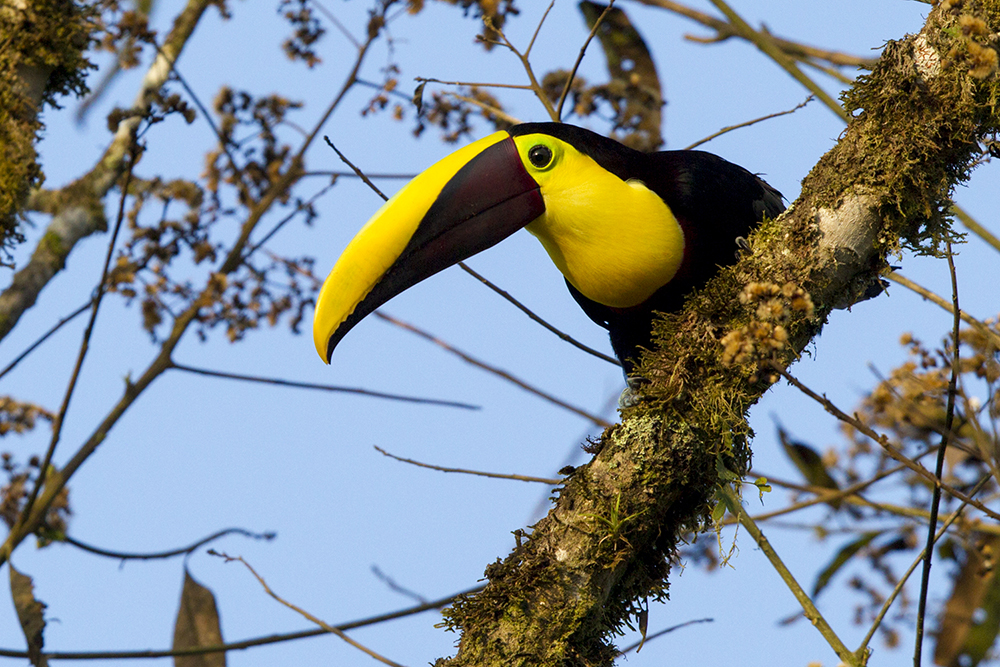
CHESTNUT-MANDIBLE TOUCAN
We ventured back across the road to the Hummingbird feeders where I photographed Green Thorntail & Green-crowned Wood-nymph; a couple of new Hummingbirds for us. The main fruit feeders were supposed to be good for Aracari and Tanagers coming in regularly but there must have been too much fruit in the trees above because nothing came down.
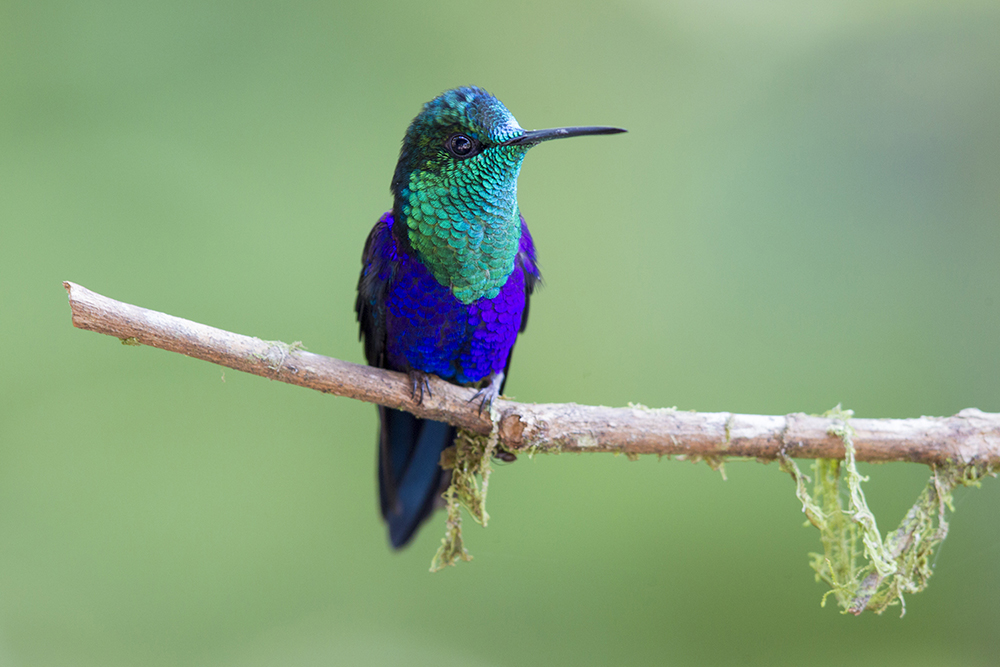
GREEN-CROWNED WOODNYMPH
Milpe had some great walking trails and a Club-winged Mannikin Lek so we decided to go and have a look around, not far down the track I spotted a pair of Rufous Motmots enjoying some palm fruit for breakfast which was a great start. Not much further we came across my target the Choco Toucan but he didn’t stick around long, luckily there seemed to be plenty of them around and managed to get great views and also some amazing photos.
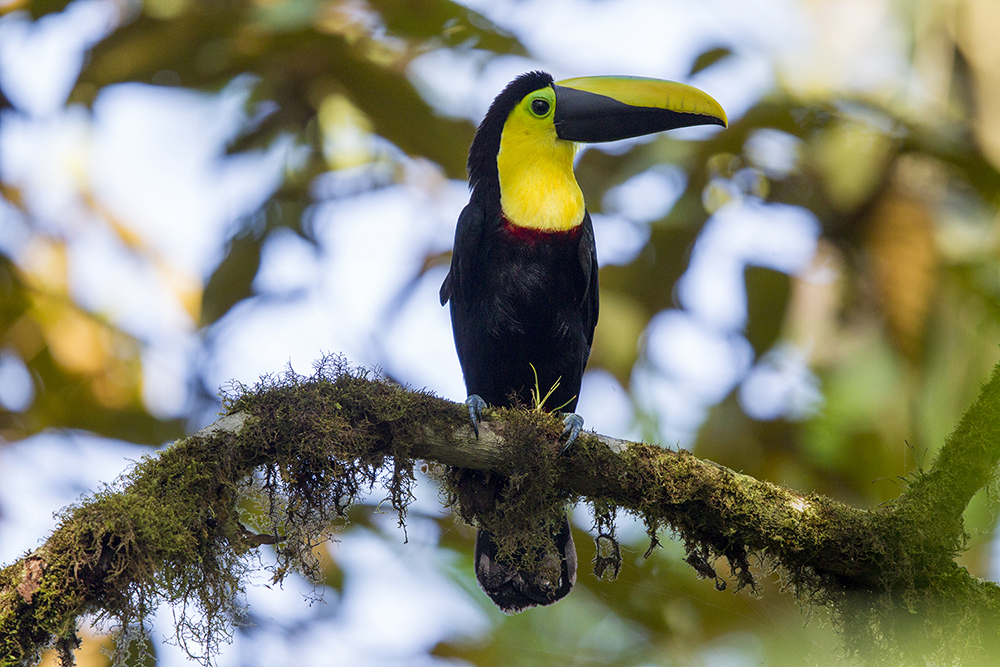
CHOCO TOUCAN
Down one of the tracks we managed fleeting views of the displaying Club-winged Mannikins but sadly no photos, it was amazing to hear such a crazy sound coming out of a tiny little bird as they danced about.
Milpe Bird Sanctuary –http://www.mindocloudforest.org/milpe-bird-sanctuary/
We headed back to the lodge in time for lunch. Afterwards we decided to take a walk past the village up the hill, we managed our first look at a Golden-headed Quetzal and also a glimpse of my 20th Hummingbird the Spectacled Hummingbird. Sadly no photo but at least I know they are here.
Day 5 – The day was spent around the lodge not doing much, I found a pair of Masked Trogon early in the morning and got some great photos. It was a relaxing day photographing the local birds including Beryl-spangled Tanager, Violet-tailed Sylph, Purple-bibbed White-tip and Western Emerald.
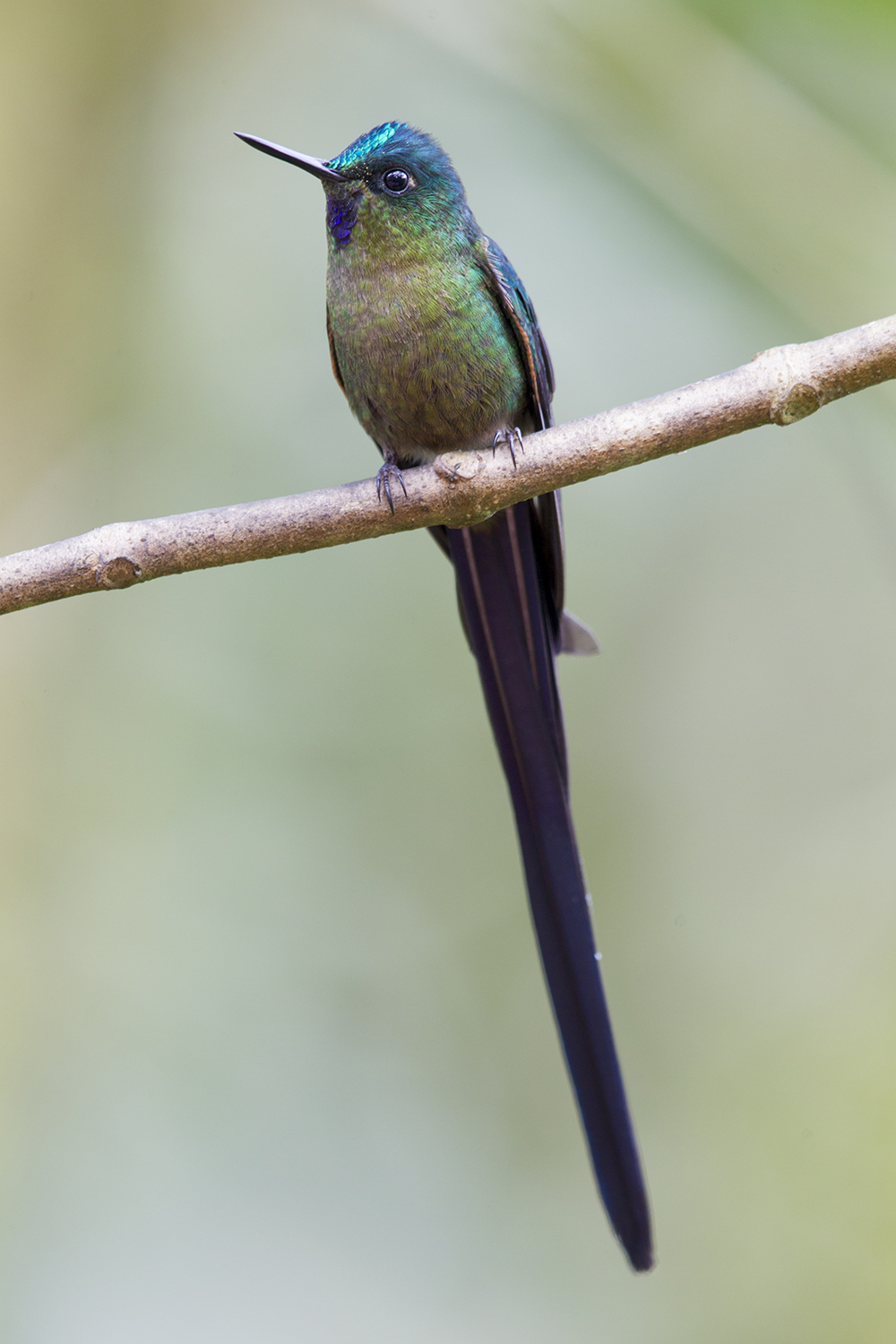
VIOLET-TAILED SYLPH
Day 6 – It was another early start, we were heading to Paz De Aves (Ant Hill Pass), a reserve about 45 minutes from the lodge. The reserve is looked after by a couple of local brothers and we really weren’t sure what to expect. All we were told was they specialised in Antpittas which are usually a very difficult bird in the forest to see and photograph also that it cost $30 per person, it was an expensive gamble.
Our frist stop was at a bird hide over looking a Cock-of-the-Rock display Lek, you never get sick of watching these comical birds dance around the trees especially when a female drops by; holly molly what a racket!
I started to wonder what was going on, we were wasting the best part of the morning at this Lek and the Antpittas are usually only seen before sunrise? After about an hour and a few more people turning up we jumped back in the cars and headed a few hundred metres down the road to a river bed, we pulled over and were met by one of the brothers. He led us to a little spot next to the river with his small container of meal worms, he then began call in the Antpittas, “Maria, Maria, Maria” he chanted. Lauren and I looked at each other puzzled and I mumbled “Is this guy for real?” Not five minutes later out of the rainforest pops a pair of beautiful Yellow-breated Antpittas, we couldn’t believe our eyes!
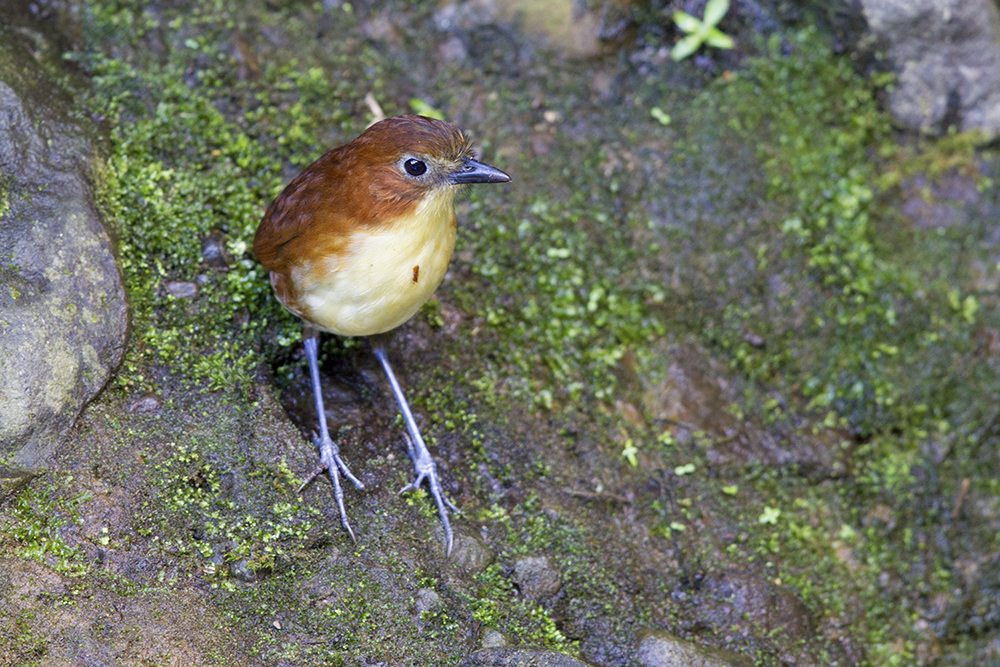
YELLOW-BREATED ANTPITTA
The next spot we headed to had hummingbird and fruit feeders set up, we were greeted by a beautiful male Wedge-billed Hummingbird which was a new species for us as well as few hummingbird species we knew from the lodge, Violet-tailed Sylph, Andean Emerald, Purple-thorated Woodstar and Green-crowned and Empress Brilliants. I also managed a photo of a Tawny-bellied Hermit which I had seen around the lodge but only seen brief flashes of while it drunk from the heliconias.
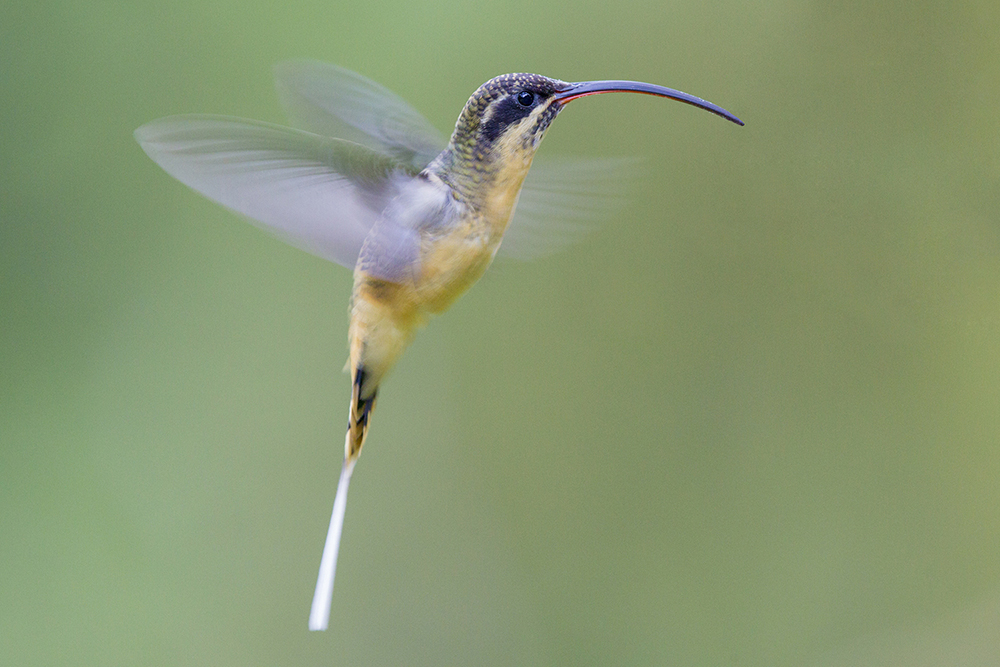
TAWNY-BELLIED HERMIT
After 30 minutes or so the next brother turned up and led us up a path into the rainforest looking for more Antpittas, he managed to call in a single Ocre-breated Antpitta; one of the smallest in the family but sadly no luck with the Giant Antpitta. We did get to see a couple of Rufous-fronted Wood-quails that were interested in the meal worms, these birds are normally very hard to see.
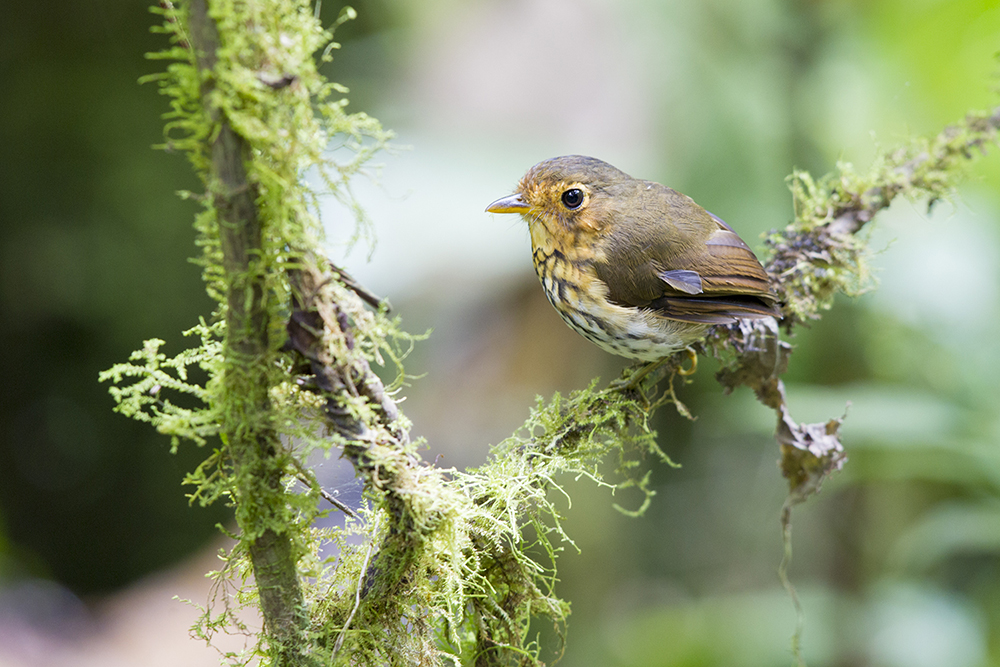
OCRE-BREASTED ANTPITTA
Next stop was further up the mountain to a small clearing, this time we didn’t have to walk far from the car to a little gap in the forest. Again he start his routine “Maria, Maria, Maria” he called, I still couldn’t believe what he was doing! Right on que out jumps a gorgeous Chestnut-crowned Antpitta from the depths of the jungle, surely one of the most beautiful Antpittas and also one of the hardest to see; especially at 9.30 in the morning! He managed to keep him around for 5 minutes or so then he disappeared, it must have gone to get his partner because a few minutes later out of the dark forest jumped two of them; incredible!
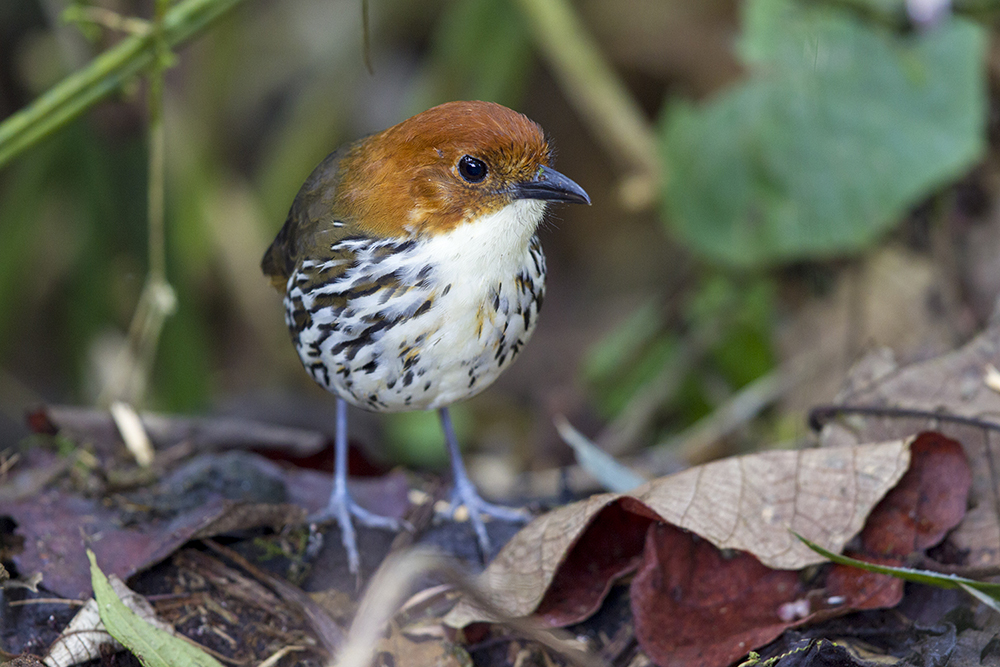
CHESTNUT-CROWNED ANTPITTA
By now the whole group was really impressed but this wasn’t the end of the tour, we headed back down to his house, parked the car and took a short walk down the hill into the forest next to the farm. Once more he started his routine but this time it didn’t take long and we had pairs of both Moustached & Ocre-breated Antpittas both at the same time. To see one Antpitta you usually need a lot of luck but to see four species in one morning using this unusual technique and a few meal worms was amazing.

MOUSTACHED ANTPITTA
We headed back to his house for some coffee and cheese filled empanadas and we had a flock of Tanagers fly in, most of which we had seen before except for a single beautiful Flame-faced Tanager who posed for me nicely. To top off an already great day, while we were standing around near the house one brother heard a Toucan Barbet on the other side of the valley (a good 2 to 3km’s away). He began calling back at him and we thought how nice of him to try but didn’t expect anything, no more than 5 minutes later right in front us we had a Toucan Barbet! NO FREAKING WAY!
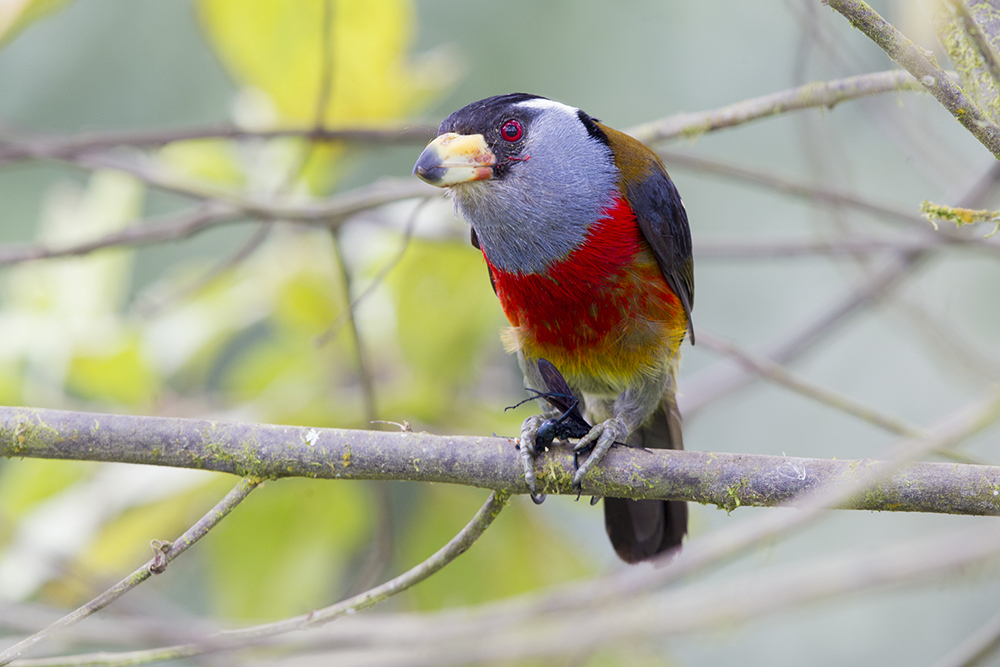
TOUCAN BARBET
What a day, to see 4 out of the 5 possible Antpittas was very impressive as well as a Toucan Barbet. These brothers really are bird whisperer’s, simply AMAZING and a MUST do for any wildlife enthusiast, the gamble definitely paid off. Heres a link to their website with all the information –http://www.refugiopazdelasaves.com/
Back at the lodge the days photography wasn’t over yet, with a stunning female Masked Trogon landing right in front of the dining room. She sat there nicely for 30 minutes while I took photos, I wish all birds were as well behaved as her.
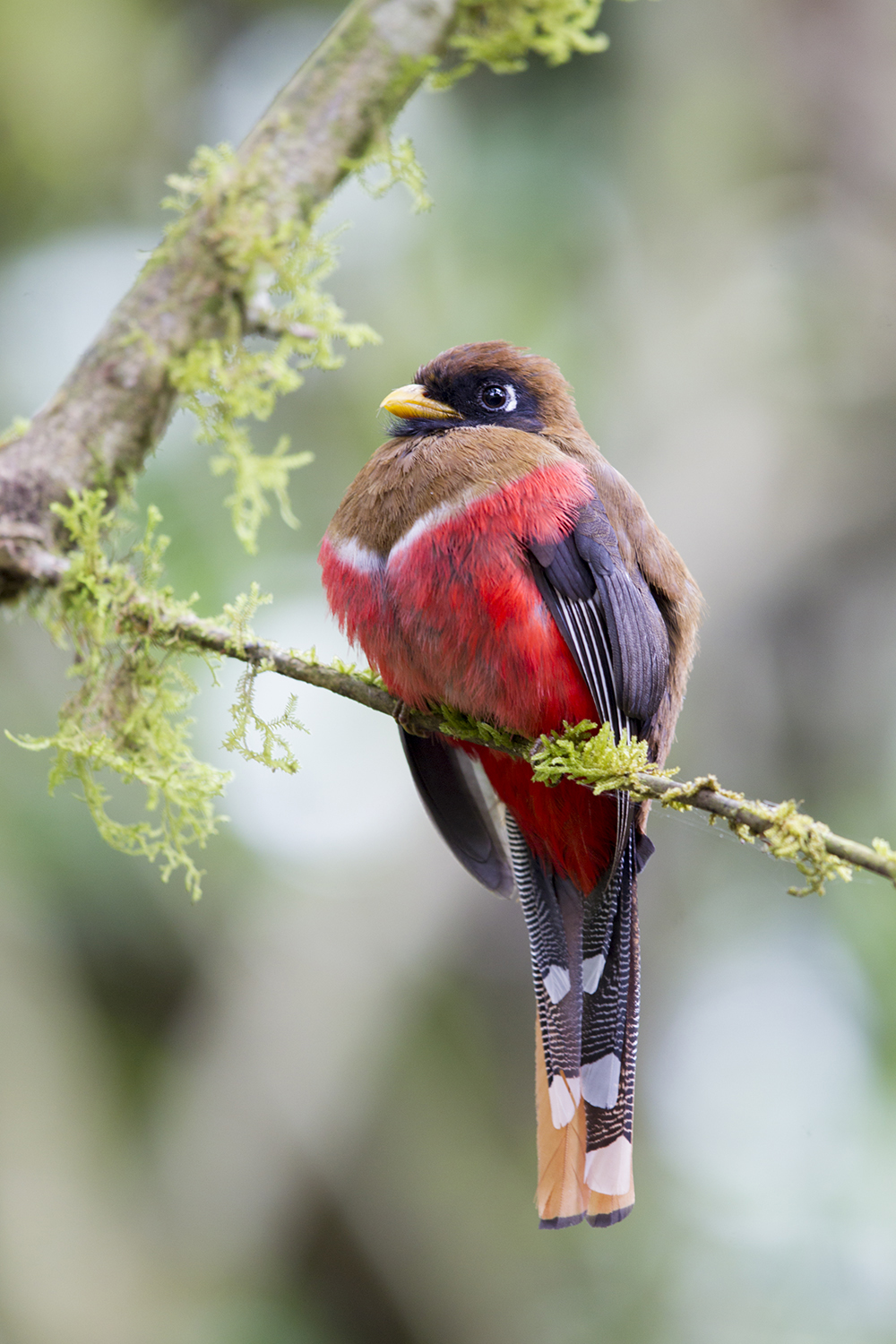
MASKED TROGON (FEMALE)
We finished the day off at the local Festival (Fiesta), we were the only tourists there and we got treated like celebrities. All they wanted to do was dance with us and feed us moonshine! A fun night was had by all including Steve the volunteer which we guessed doesn’t usually drink very much.
DAY 7 – We had a very quiet and relaxing, slightly hungover day. Not much photography was done at all.
DAY 8 – Today we decided we needed a challenge and also some exercise so we woke up early and started the 9km walk up to Bellavista Lodge and the top of the ridge. After an exhausting 1 hour and 40 minute climb we made it to the top of the ridge, my main target here was the Plate-billed Mountain Toucan. After a couple of hours exploring the area we had no luck finding the Toucan, we could hear them we just couldn’t see one.
We headed back down to check out Bellavista lodge, their Hummingbird feeders produced a couple of new species for me the Gorget Sunangel and a very handsome male Collared Inca. I also managed a great photo of my 20th Hummingbird the Spectacled Hummingbird who I had seen at the lodge but not photographed.
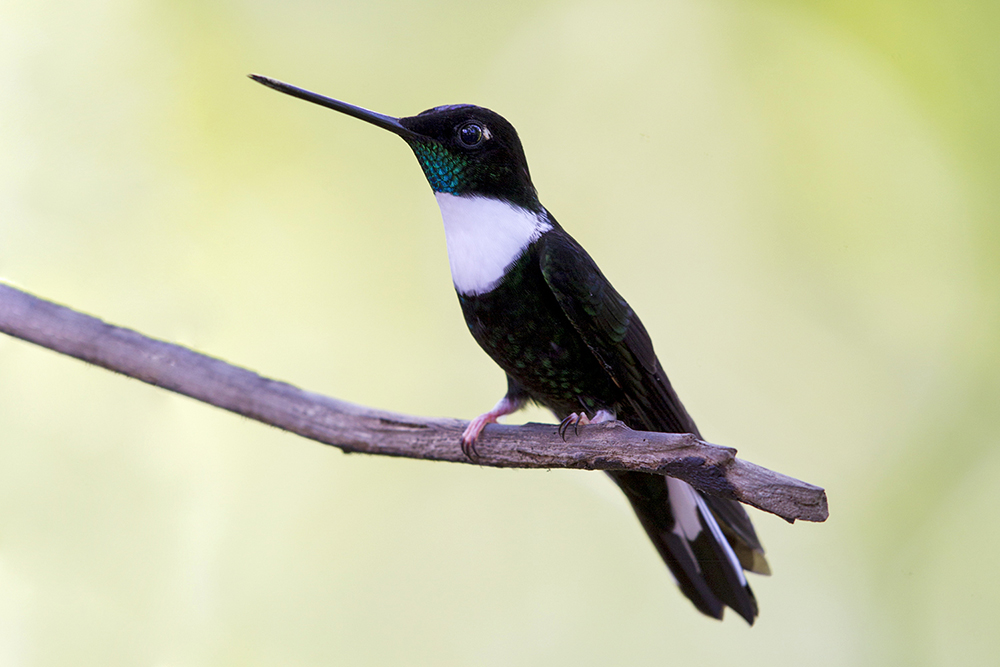
COLLARED INCA
DAY 9 – Another very early morning to head to Rio Salanche, the other reserve managed by the Mindo Cloud Forest Foundation. It’s located in the Rainforest about 1 1/2 hours west of the lodge, Rio Salanche had an awesome 15m tower you could photograph from and a couple of short trails but that was about all. A beautiful place if your a serious birder but not very good for photographers, we did see a lot thought and I did manage a great photo of beautiful Blue Dacnis.
Rio Salanche –http://www.mindocloudforest.org/rio-silanche-bird-sanctuary/
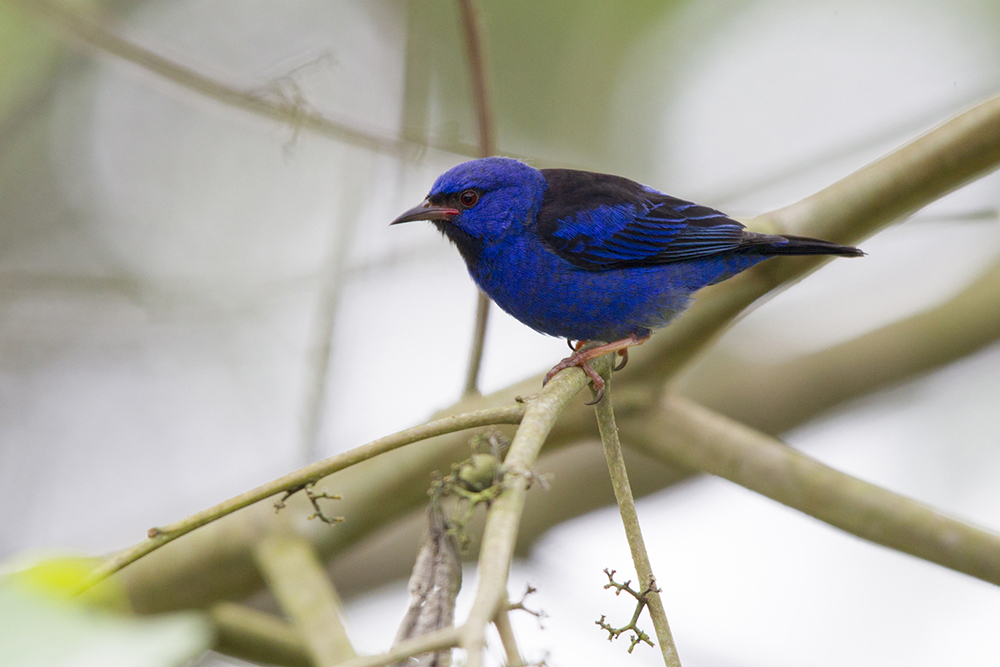
BLUE DACNIS
DAY 10 – Our final day at the lodge which was sad, Lauren stayed in bed while I got up to look for Quetzals. As soon as I got up I could hear them calling, I located a couple and even managed a nice photo of the female.
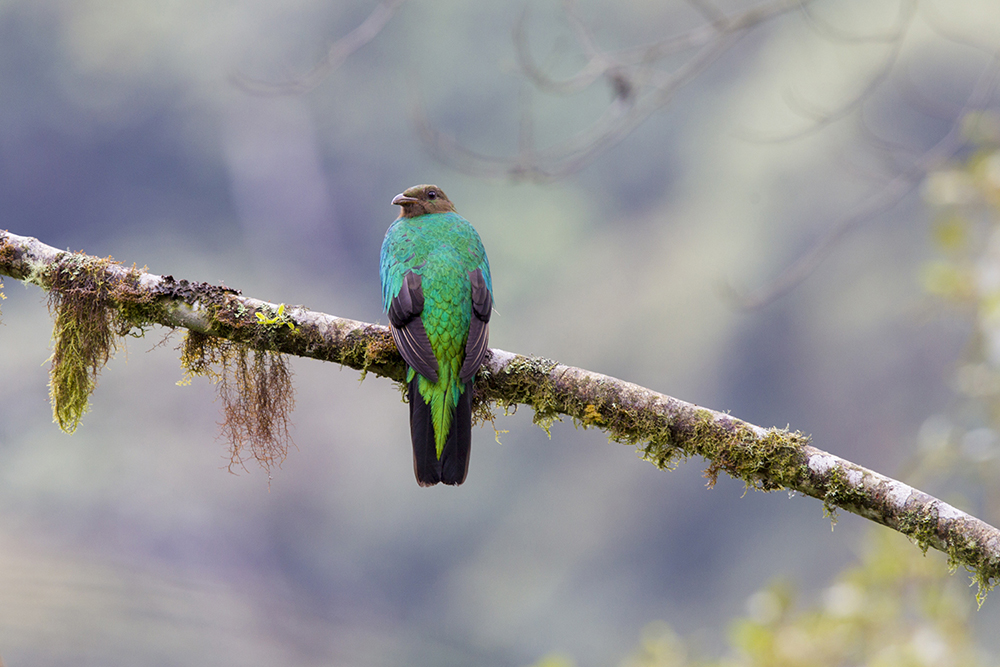
GOLDEN-HEADED QUETZAL
The rest of the day was spent packing and organising. What an amazing 10 days it has been, there are not many places in this world that you can photograph 20 species of Hummingbird in one place.
If you are in Ecuador you really need to go and stay at Tandayapa Bird Lodge. Even if your not a birder it is well worth the trip just to go and see the spectacle of all those Hummingbirds at their feeders.
There website – http://tandayapabirdlodge.com/
Thanks to all the staff at the lodge especially the cook Rosetta, you really won’t go hungry while you’re there.
If you have used one of my guides please do me a favor and click the link below to review me on Trip Advisor and Google, it helps me out a lot.

